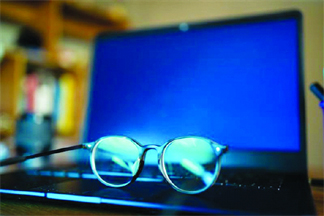
As children are increasingly exposed to screens from a young age, a new study in rats suggests that long-term exposure to blue light emitted from devices like smartphones and tablets may lead to early puberty. The research, presented at the 62nd Annual European Society for Paediatric Endocrinology Meeting in Liverpool, is the first to explore the connection between blue light exposure, bone growth, and pubertal development.
The study found that prolonged exposure to blue light accelerates bone growth and increases bone age, potentially triggering early puberty.
“This is the first study to show how blue light could potentially influence physical growth and development, prompting further research into the effects of modern screen exposure on children’s growth,” said lead researcher Dr. Aylin Kilinc Ugurlu, from Gazi University in Turkey.
While the study was conducted on rats, Dr. Ugurlu cautioned that “we cannot be sure that these findings would be replicated in children. However, our data suggest that prolonged exposure to blue light accelerates both physical growth and the maturation of the growth plate, leading to early puberty.”
During normal growth, children develop long bones, such as the femur, which progressively elongate at each end before solidifying, halting growth in height. Girls typically reach their maximum height between ages 14 and 16, while boys finish growing between ages 16 and 18.
However, recent studies have shown an increase in early puberty among both girls and boys. Research suggests that while children may grow quickly at first, they often stop growing earlier than expected. One potential factor is the increased use of blue light-emitting devices, Ugurlu explained.
For the study, 18 male and 18 female rats, each 21 days old, were divided into three groups of six. The rats were exposed to either a normal light cycle, six hours of blue light, or 12 hours of blue light until the first signs of puberty appeared.




Be the first to comment